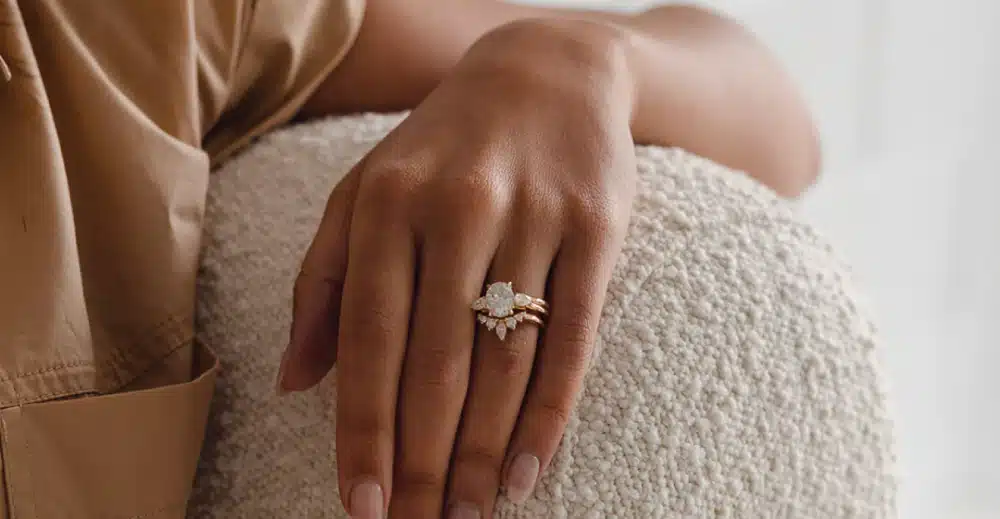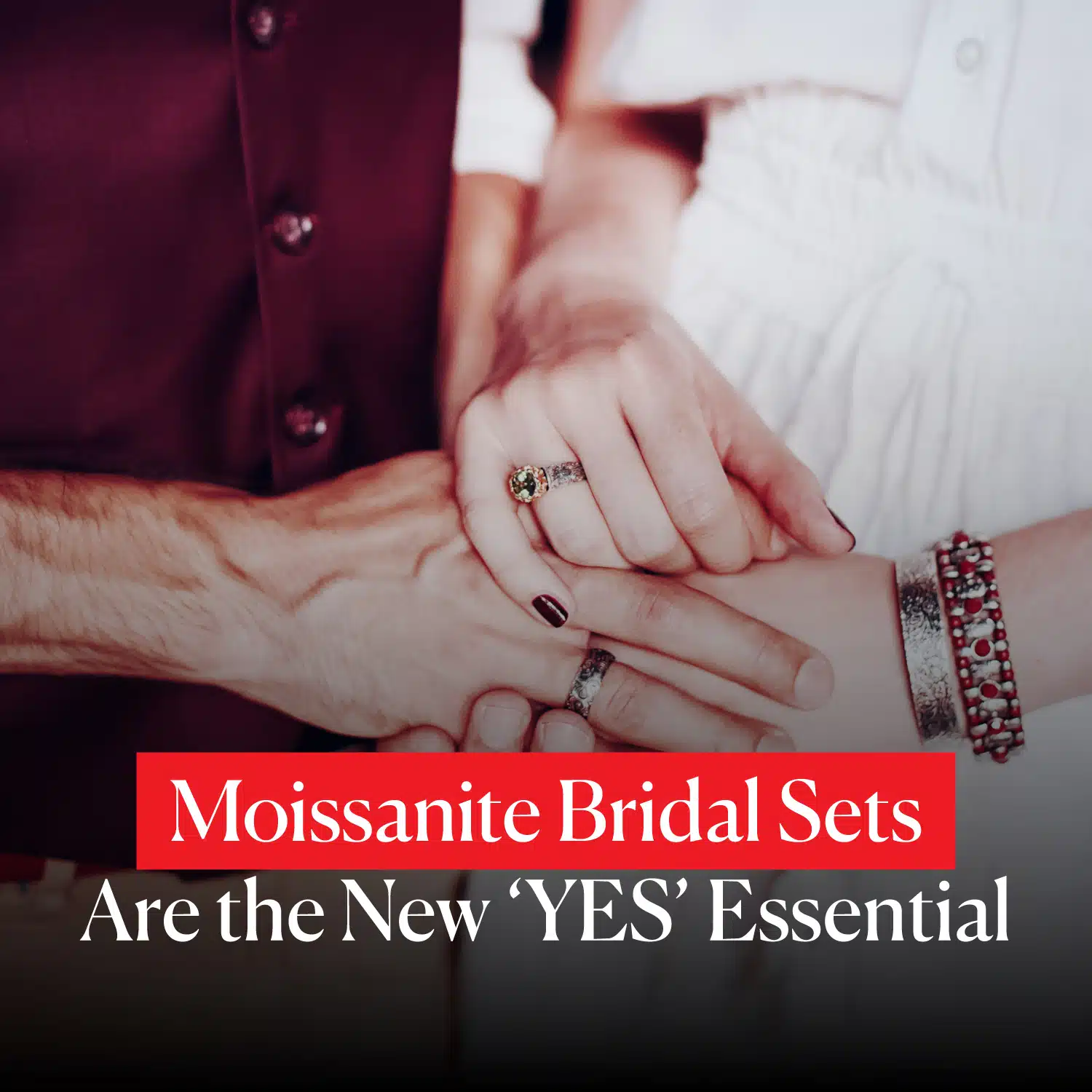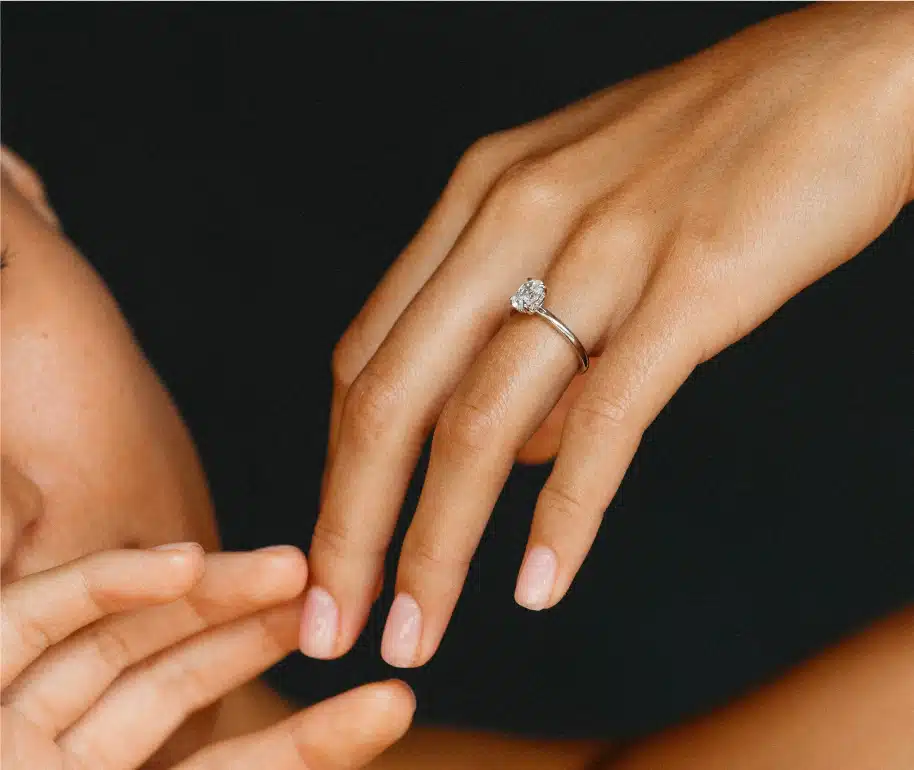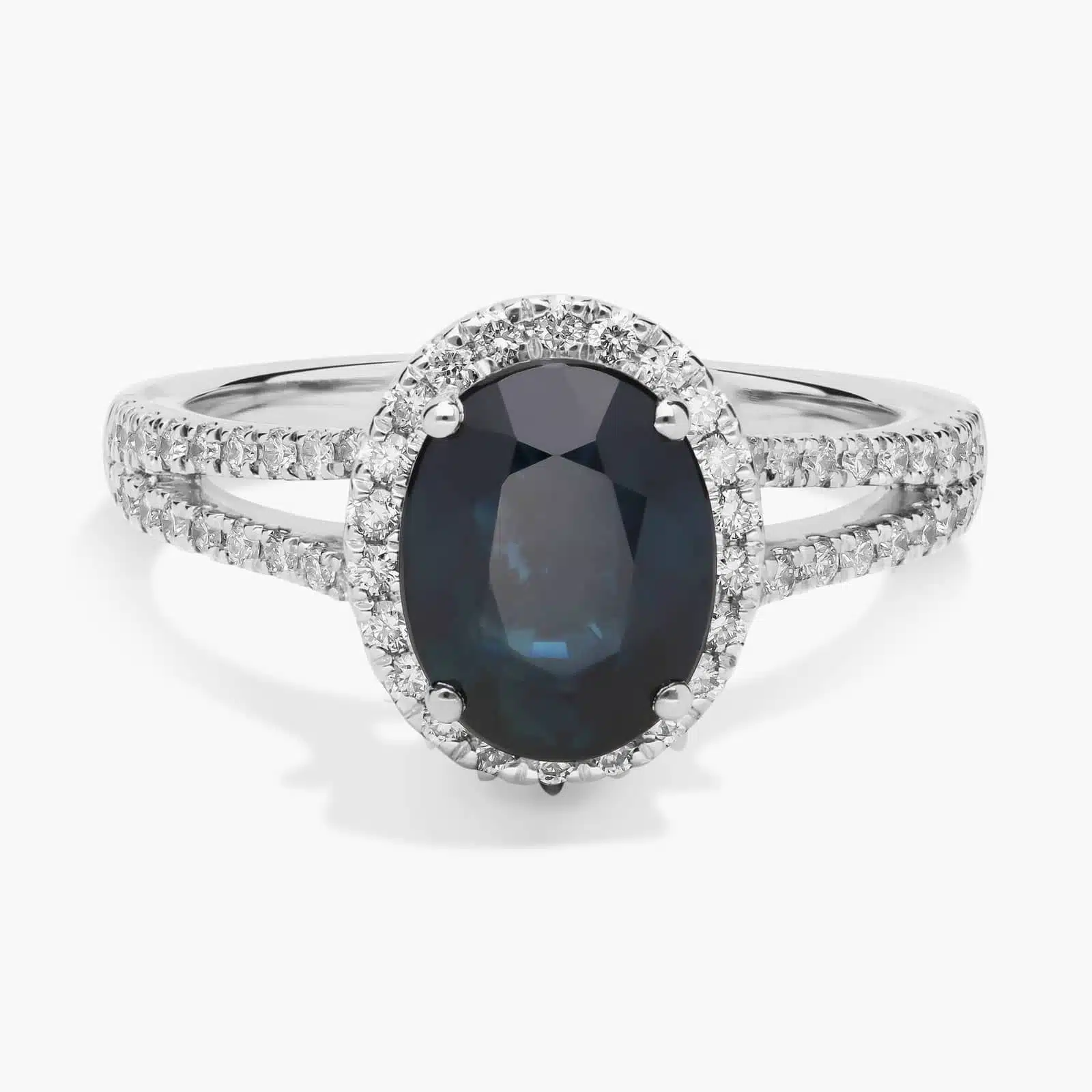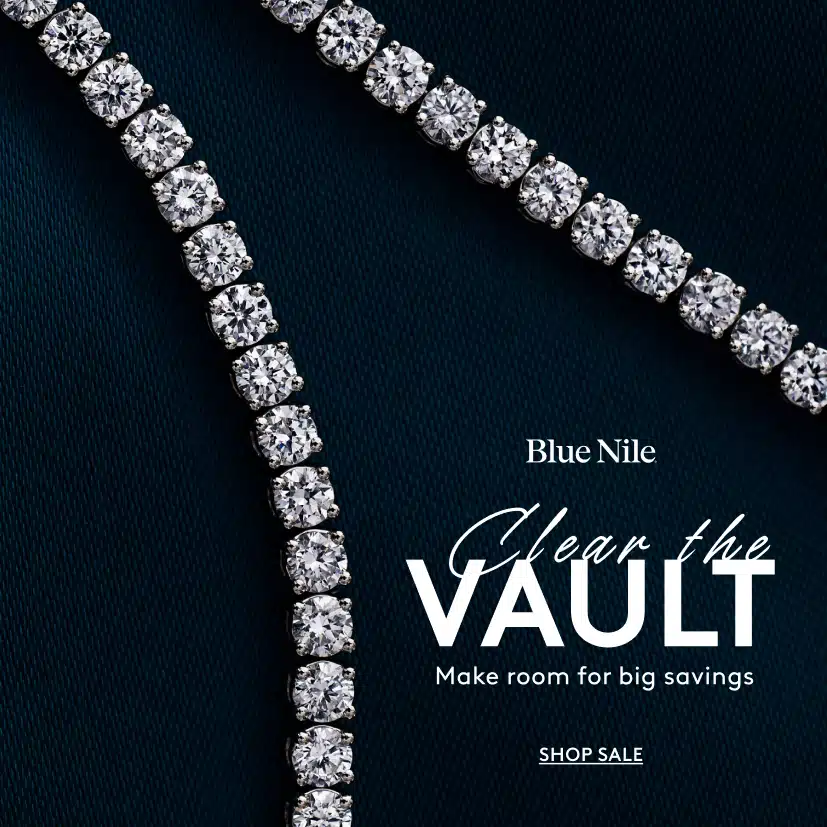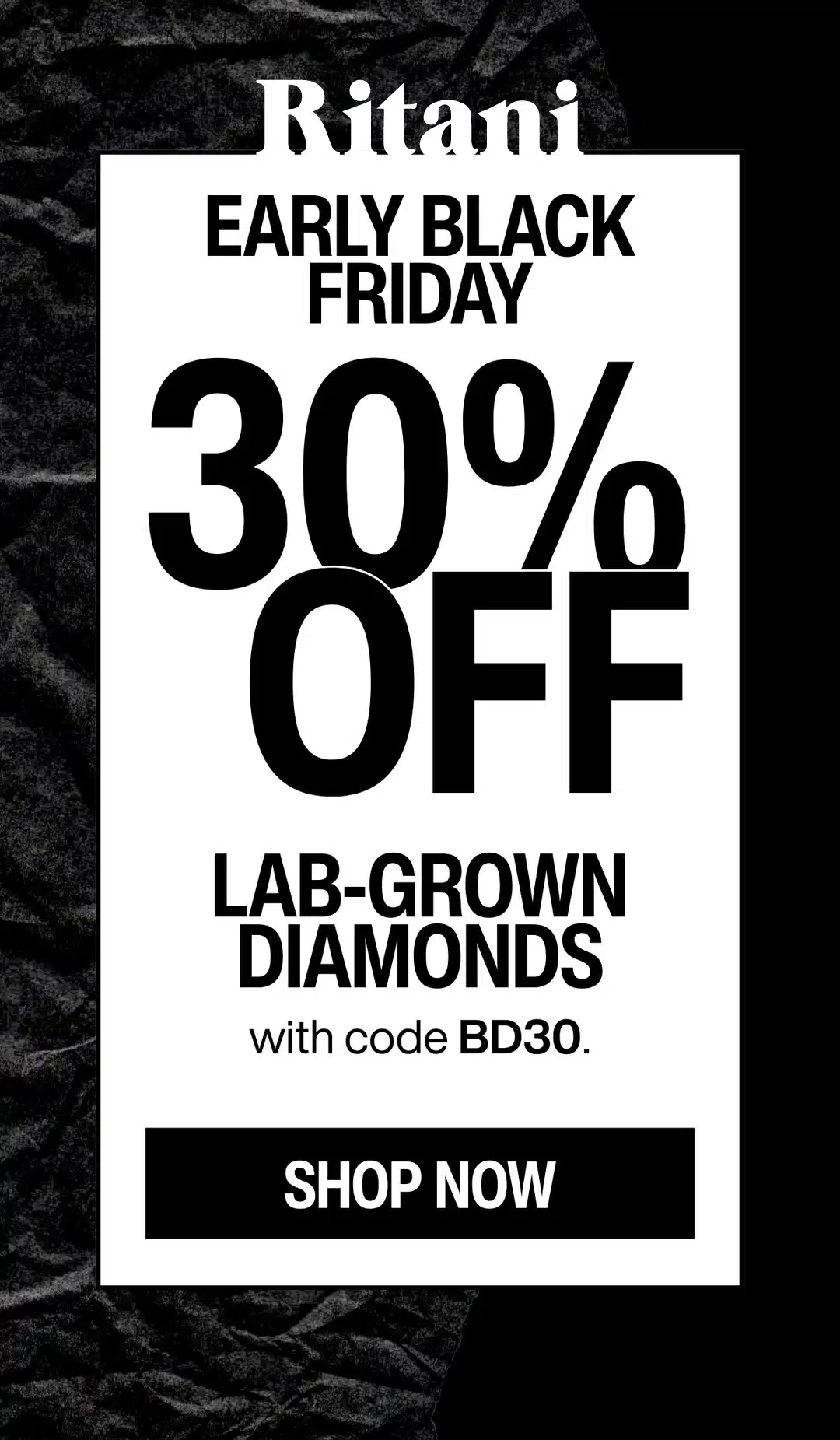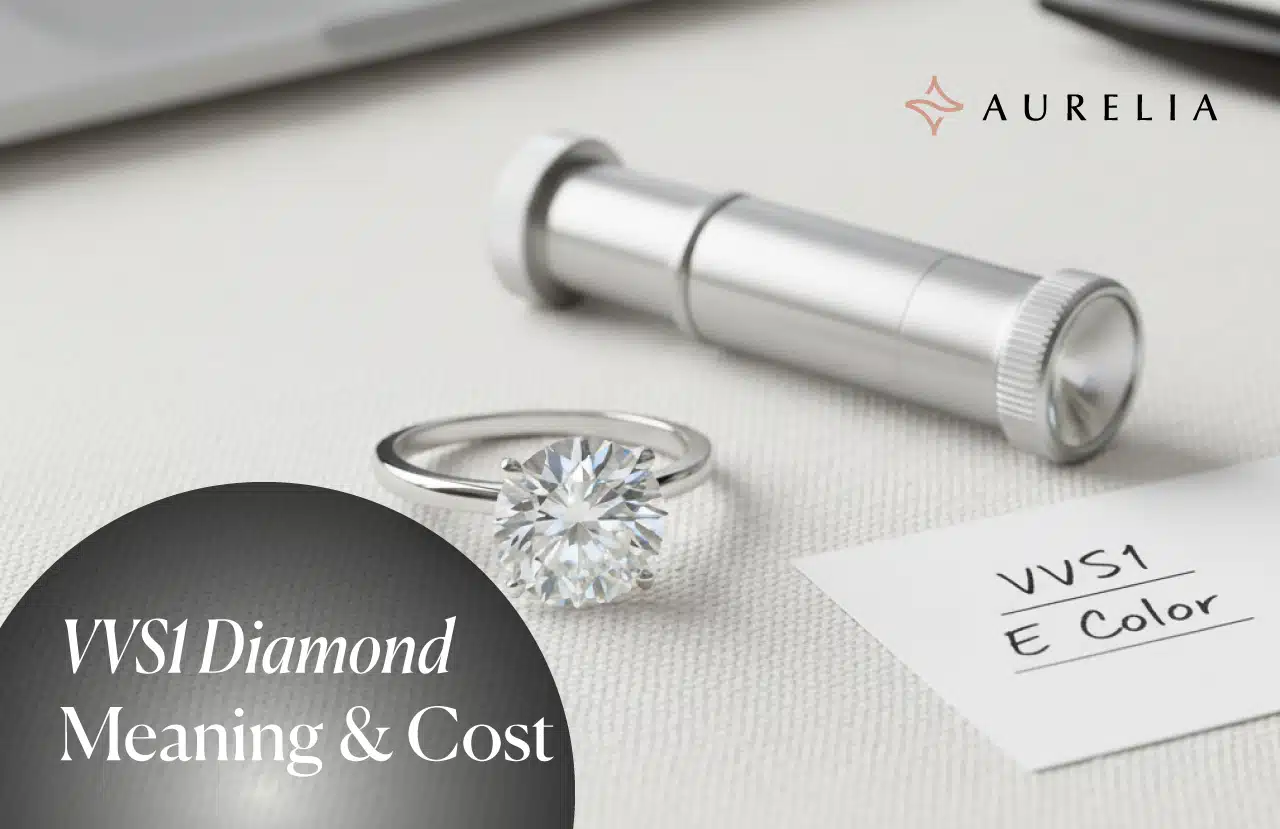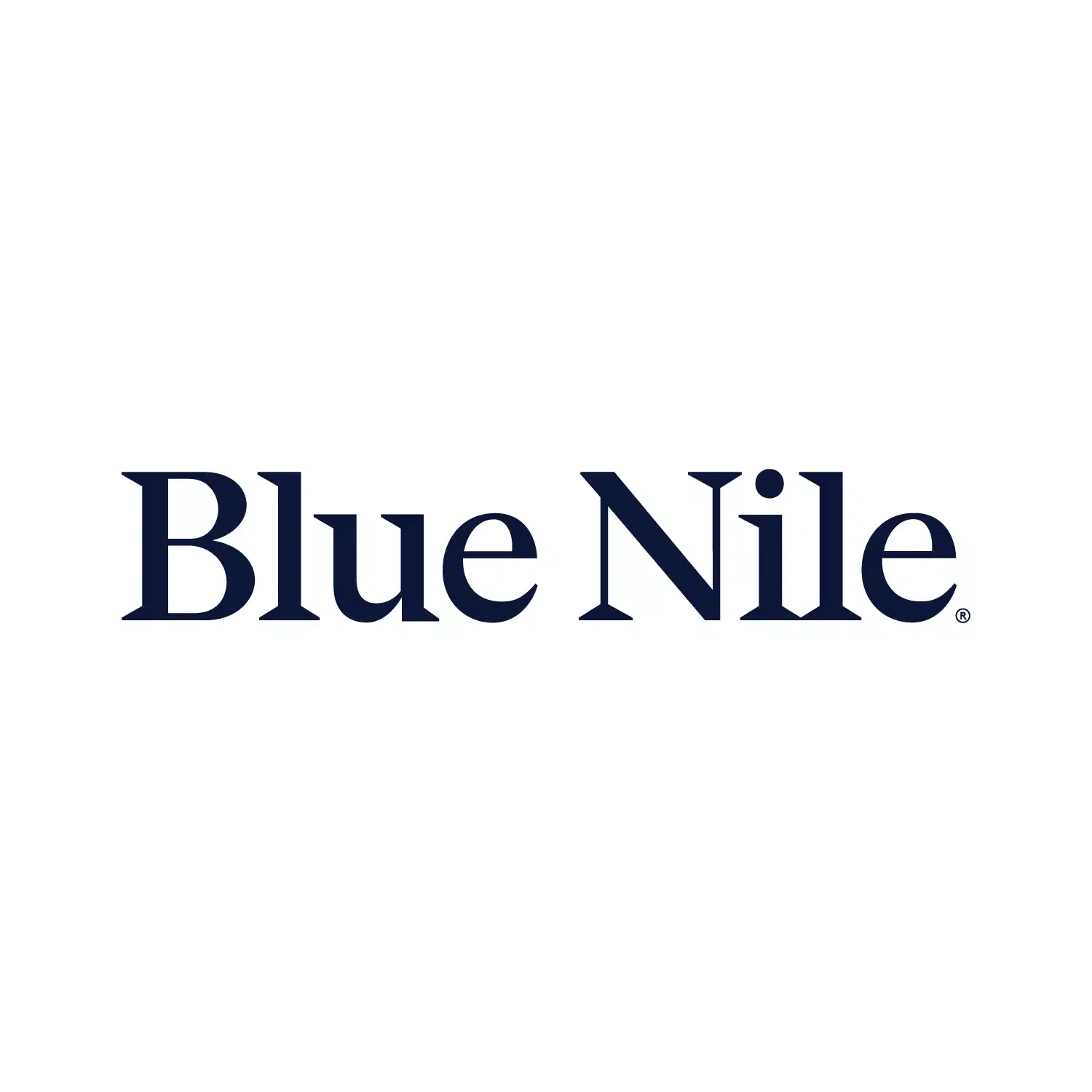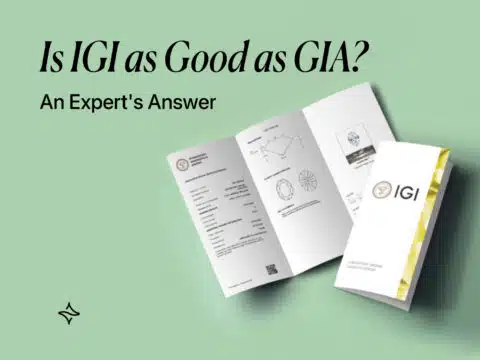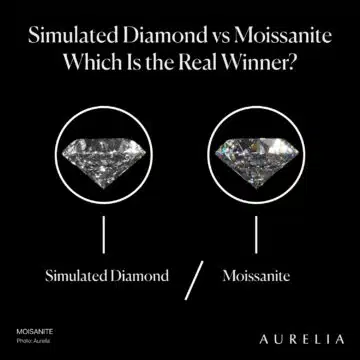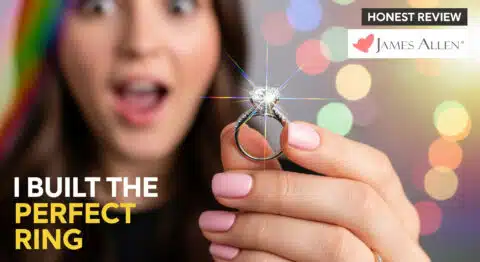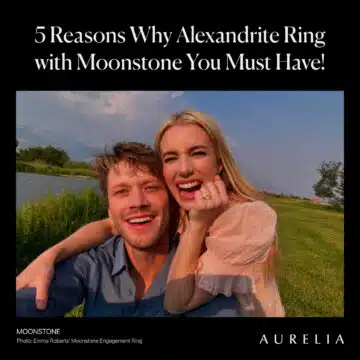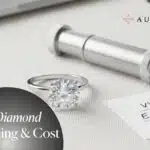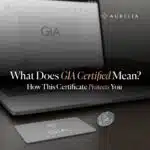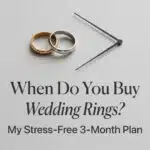The entire vvs1 diamond Meaning & cost debate boils down to a single truth: it is a “near-flawless” grade of clarity that is technically magnificent, but often invisible to the naked eye, demanding a premium price for on-paper perfection you may not be able to see.
Let’s be brutally honest. You’re deep in your diamond search. You’re on James Allen or Blue Nile, spinning a beautiful 360° video of a 1.5 carat stone. It’s a VS1 clarity, and it looks completely, perfectly clean.
Then you see it—for about $1,500 more, you can get the exact same diamond in a VVS1 clarity. You zoom in. You squint. You can’t see a single difference. And yet, your brain is screaming at you, “But the VVS1 is better!”
Deal Alert: Elevate your design. Get up to 30% OFF engagement ring settings at Blue Nile !
| Pro Tip: See every detail with 360° HD videos available at James Allen .
As your GIA-trained friend in the business, I’m here to tell you: you are not going crazy. You have just stumbled upon the single most important financial and psychological crossroads in the entire diamond buying journey.
The unspoken truth jewelers don’t always tell you is that the vvs1 diamond meaning & cost is often a story about buying on-paper perfection, not visible beauty. Today, we’re going to put an end to that debate.
We’ll deconstruct the meaning, demystify the cost, and I am going to give you my definitive, unfiltered opinion on whether a VVS1 diamond is a smart buy or a beautiful but unnecessary expense.
Diamond IQ Test: Natural or Lab-Grown?
Two identical diamonds: GIA Certified, 1.51ct, D Color, VVS1, Ideal Cut. One is natural ($16,530), the other is lab-grown ($2,390). Choose the diamond you like better and see if you can match it to its origin.
A Grade for Your Brain vs. a Grade for Your Wallet
Alright, Alex, and everyone else caught in this exact same trap—this is the moment where we are going to save you thousands of dollars. The entire VVS1 vs. VS1 debate boils down to one simple but powerful concept that will change the way you shop for a diamond forever.
Let’s get into it.
The Only Term That Matters: “Visually Perfect”
As your jeweler, my goal is not to sell you a “flawless” diamond. My goal is to help you find a diamond that is “visually perfect.” What does that mean? It’s a stone with no visible flaws or distracting color to the naked eye. It’s the powerful intersection of two key ideas:
- “Eye-Clean” (Clarity): The diamond has no inclusions that you can see without a jeweler’s loupe.
- “Face-Up White” (Color): The diamond appears bright, white, and beautiful once it is set in a ring and sparkling on your finger.
This “visually perfect” principle is the great equalizer. It’s the secret that separates savvy buyers from everyone else. Just as a well-chosen VS1 diamond is visually identical to a VVS1, a beautiful G-color diamond is visually identical to a D-color stone once it’s out in the real world.
A D color vvs1 clarity diamond is a technical masterpiece on paper, a collector’s item. But a G/VS1 diamond is a visually perfect ring for a fraction of the cost. To learn more about this crucial strategy, you absolutely must read my guide on What Is The Best Diamond Clarity?.
Deal Alert: Elevate your design. Get up to 30% OFF engagement ring settings at Blue Nile !
| Pro Tip: See every detail with 360° HD videos available at James Allen .
A Head-to-Head Showdown: The $5,550 Difference
To show you what this means in the real world, let’s stage a classic showdown on James Allen’s website, using their incredible 360° videos.
| Factor | Diamond A (The VVS1) | Diamond B (The VS1) |
| On Paper | Near-Flawless. A technical masterpiece. | Minor inclusions, invisible to the eye. |
| To Your Eye | Looks completely, perfectly clean. | Looks completely, perfectly clean. |
| The Cost | Carries a massive price premium. | The sweet spot for exceptional value. |
| Peace of Mind | Ultimate “on-paper” perfection. | Proven, verified “eye-clean” quality. |
Let’s imagine you’re building your dream vvs1 engagement ring. You find this incredible stone:
- Diamond A: A stunning 1.50 Carat, D-Color, VVS1-Clarity Diamond on James Allen. The GIA report is perfect. The specs are at the absolute pinnacle. The price is $19,230. Buying it feels fantastic. Your brain gets to relax, knowing you’ve bought one of the rarest, most technically perfect stones on the market.
Then, you decide to test my “visually perfect” theory. You find its counterpart:
- Diamond B: A magnificent 1.51 Carat, G-Color, VS1-Clarity Diamond on James Allen. Note that it’s actually a tiny bit bigger. Its GIA report is excellent, guaranteeing it is a top-tier performer. The price is $13,690.
James Allen: Our 5-Star Choice for Price and Selection
Check our comprehensive James Allen Review to learn more about their pricing and commitment.
You pull them up on your screen, side-by-side. You spin the 360° videos. You zoom in, you zoom out. And then the shocking truth hits you: you can’t see a single difference. To your naked eye, they are both brilliant, beautiful, and perfectly clean diamonds.
Your eyes see two identical diamonds. Your wallet sees a $5,550 difference.
My Verdict as Your Jeweler
Let me be as clear as I possibly can: for 99.9% of people, the VVS1 natural diamond is a beautiful waste of money.
I know that sounds harsh, but it’s the honest truth from a friend in the business. When you buy a VVS1 diamond, you are paying a massive premium for a level of perfection that your eye simply cannot perceive. You are buying the story on the GIA report, not a visible difference in the stone itself.
It’s like paying an extra $10,000 for a car with a speedometer that goes to 300 mph when the car’s engine can only do 150. It’s a technical “upgrade” with no real-world benefit.
The vs1 vs vvs1 debate has a clear winner, and it is the champion of smart buyers everywhere: the VS1. For an even deeper dive into the nuances, my VS1 vs. VS2 Diamond guide is your next stop.
The Numbers Game: The Shocking Price of Paper Perfection
Alright, we’ve established that your naked eye can’t tell the difference between a VVS1 and a VS1. So why on earth does this “near-flawless” grade even exist, and what does it actually cost?
This is where the debate leaves the world of philosophy and enters the cold, hard world of dollars and cents. The numbers don’t lie. But what you’re about to see is that the “cost” of VVS1 perfection tells two completely different stories, depending on a single, crucial factor: a diamond’s origin.
Let’s look at the real-world VVS1 diamond price, and I promise you, these numbers will change the way you think about value forever.
The Cost of a Natural GIA VVS1 Diamond: The Price of a Needle in a Haystack
When you buy a natural diamond VVS1, you are not just paying for quality; you are paying for extreme, mind-boggling rarity. Nature very rarely produces large diamond crystals that are almost perfectly clean. Finding a VVS1 stone is like finding a needle in a continent-sized haystack. And the price reflects that rarity.
Now, let’s see what happens when we add the rarity of a top-tier D-color to that equation. The numbers become staggering.
Natural GIA VVS1 Diamond Price (Approximate – Round Brilliant)
| Carat Weight | Estimated Price (G Color) | Estimated Price (D Color) |
| 1 carat vvs1 diamond price | ~$4,500-$8,500 | ~$7,000-$16,500+ |
| 2 carat vvs1 diamond price | ~$28,000 | ~$35,000+ |
| 3 carat vvs1 diamond price | ~$88,000 | ~$63,000+ |
My Analysis: Look at that jump. Upgrading a 1-carat stone from G to a D color VVS1 costs you an extra $3,000 or more. For a 2-carat stone, that leap can be $7,000 or more. You are paying a massive, exponential premium for that final step up the rarity ladder.
It is an investment in scarcity itself, a topic I touch on when discussing investment-grade stones like the famed Argyle diamonds.
For a perfect illustration, you can find a stunning 2 Carat, G-Color, VVS1 Diamond on Blue Nile. Then, search for a D-Color with the same specs. That jaw-dropping price difference you see is the very definition of the “rarity premium” in action.
Read Our 5-Star Blue Nile Review
Check our comprehensive Blue Nile review to learn why we rated Blue Nile 5 stars for their exceptional quality and value.
The Cost of a Lab-Grown IGI/GIA VVS1 Diamond: The Price of a Simple Request
Now, prepare for a completely different reality. Lab-grown diamonds are masterpieces of human ingenuity, not geological luck. Creating a D-color VVS1 stone is not a matter of rarity; it is a matter of precision, control, and dialing in the right settings at the lab.
This fundamentally shatters the old pricing model.
Here’s what that looks like on a price chart.
Lab-Grown GIA/IGI VVS1 Diamond Price (Approximate – Round Brilliant)
| Carat Weight | Example Price (G Color) | Example Price (D Color) |
| 1 ct vvs1 diamond price | ~$1,300 | ~$1,500 – $2,000 |
| 2ct vvs1 diamond price | ~$3,800 | ~$4,200 – $5,000 |
| 3 ct vvs1 diamond price | ~$6,000 | ~$7,000 – $8,000 |
My Analysis: The difference is almost unbelievable. For a 1-carat stone, the jump from G to a d color vvs1 clarity might only be a few hundred dollars. This is a game-changer.
It means that the “collector’s grade,” the “on-paper perfection” of a d vvs1 diamond that was once the exclusive territory of the super-wealthy, is now an accessible luxury for any savvy buyer. This is one of the key truths we explore in my complete types of lab-grown diamonds guide.
(Example Placeholder): To see this in action, go to James Allen and find a magnificent 3 Carat, G-Color, VVS1 Lab Diamond. Now, change the color filter to “D.” The price difference you will see is a small, incremental step, not a massive, terrifying leap. This is the power of the modern market.
James Allen is a top leader in online diamond sales, offering cutting-edge imaging technology that lets you inspect diamonds as if you were using a jeweler's loupe. With the largest exclusive selection of loose diamonds available online and excellent pricing, they also boast one of the finest collections of lab-created diamonds on the market. They currently run a 25% discount on selected lab-grown diamonds!
WHAT WE LOVE ABOUT THEM:
- 30-day no-questions-asked return policy, with a prepaid shipping label provided by James Allen.
- Lifetime warranty on all purchases.
- Free international shipping.
- Complimentary prong tightening, repolishing, rhodium plating, and cleaning every six months.
- Insurance appraisals included with purchases.
- One free resizing within 60 days of purchase.
- Free ring inscriptions available.
- Best-in-class high-quality imagery for every diamond in stock.
- 24/7 customer support.
- Premium, best-in-class packaging.
This is the beautiful, liberating secret of the vvs1 lab diamond. You don’t have to choose between a “good value” stone and the “perfect” stone. The price of perfection has come crashing down to earth.
Four Scenarios Where a VVS1 is the Smartest Buy
Okay, so I’ve spent the last few minutes telling you that for 99% of people, a VVS1 diamond is a beautiful waste of money compared to a visually identical VS1. And I stand by that.
But now, I’m going to let you in on an insider’s secret. There are specific, strategic situations where choosing a VVS1 isn’t just a justifiable luxury—it is absolutely the smartest, most brilliant move you can make.
This is the expert level. These are the four scenarios where I, as your jeweler, would look you in the eye and give you the nod to go for that “near-flawless” grade.
Scenario 1: You’re Buying a Step-Cut Diamond
This is my #1 rule. The reason a VS1 or even a well-chosen SI1 works so well in a Round Brilliant or a Princess Cut diamond is that their fiery, crushed-ice sparkle is fantastic at hiding small inclusions. But that is not how a step-cut works.
A step-cut diamond, like the breathtakingly elegant Emerald Cut Diamond or its stunning cousin, the Asscher Cut, is a completely different animal.
- A Hall of Mirrors: Their long, linear facets act like clean, open windows into the very soul of the stone.
- Nowhere to Hide: There is no fiery sparkle to distract the eye. Any inclusion, no matter how small, is put on full display.
Imagine you are looking at a gorgeous 2.5 Carat Emerald Cut, VS1 Clarity Diamond on Blue Nile. If that one tiny VS1 inclusion happens to be a dark crystal right in the middle of that big, open table, you will see it. It can look like a tiny fleck of pepper on a clean, white plate.
Blue Nile is one of the biggest and most recognized online jewelry retailers, offering an extensive and exclusive inventory. Their high-resolution images are improving and getting closer to the quality offered by James Allen, while their prices remain highly competitive. Right now, Blue Nile offers up to 30% savings on jewelry during a limited-time sale.
WHAT WE LOVE ABOUT THEM:
- 30-day no-questions-asked return policy, with a prepaid shipping label provided by Blue Nile.
- Lifetime warranty on all purchases.
- Free shipping on every order.
- Complimentary services every six months, including prong tightening, repolishing, rhodium plating, and cleaning.
- Insurance appraisal included with your purchase.
- One free resizing within the first year.
- High-quality images available for roughly half of their diamond selection.
- 24/7 customer service support.
- Full credit toward future upgrades, as long as the new item is at least double the value.
- Best-in-class order fulfillment process.
This is why, for any step-cut stone, I always advise my clients to upgrade to a VVS1 or VVS2. That small premium you pay is your insurance policy for a perfectly, undeniably, magnificently clean window.
Scenario 2: You’re Buying a Massive Diamond (3.0 Carats and Up)
The same logic applies when you enter the world of truly significant diamonds. As a diamond’s carat weight increases, its physical size—especially its table facet—grows as well.
Think of it as a bigger window. An inclusion that was completely invisible in a 1-carat stone can sometimes become a noticeable pinpoint in a much larger one.
When you’re making the kind of serious investment required for a 3-carat diamond, or a true showstopper like a 4-carat or 5 carat vvs1 diamond, the math changes.
- The small, incremental cost to upgrade from a VS1 to a VVS1 becomes a much smaller percentage of the total price.
- That small extra investment buys you absolute, ironclad peace of mind that your magnificent, six-figure stone is flawlessly clean to the naked eye from every possible angle.
For a diamond of that caliber, upgrading to VVS1 clarity is not just a luxury; it’s a wise and prudent part of the investment.
Scenario 3: You’re Chasing the Ultimate “Collector’s Grade”
This is where we talk about buying for your brain and for the story, not just for your eyes. This is about acquiring a piece of technical perfection.
If you are shopping for a natural diamond, and you have the budget, then choosing a d color diamond vvs1 is about more than just the look. It’s a status symbol.
- You are purchasing the absolute pinnacle of rarity. You are acquiring a stone that is in the top tier for both color (perfectly colorless) and clarity (near-flawless). A vvs1 e color diamond or a d vvs1 diamond is what is known as a “collector’s grade” stone.
- The vvs1 d color diamond price reflects this extreme rarity. You are paying a massive premium not just for its beauty, but for its statistical impossibility. You are investing in the story of owning one of the finest natural diamonds on earth.
This is the brilliant secret of the modern market. For a d vvs1 lab diamond, you can get the same “collector’s grade” on paper without the collector’s grade price tag.
- Because a d color vvs1 lab diamond isn’t a miracle of geology but a feat of precise engineering, the price premium is tiny. Upgrading from a G/VS1 to a d vvs1 might only be a few hundred dollars.
- This makes the “collector’s grade” an incredibly popular and accessible luxury for savvy lab-grown buyers. You get the absolute thrill and peace of mind of owning a “perfect” stone, without the financial penalty.
Let me bust a myth right now. I often hear people ask if a better clarity grade will make a diamond look whiter. This is absolutely false. A diamond’s color grade and clarity grade are two completely separate, independent qualities.
The decision to buy a d color vvs1 clarity diamond is a choice for the perfection listed on the GIA/IGI paper and for your own peace of mind—it will not have a visual impact on the stone’s color.
Scenario 4: It’s Simply For You
And that brings me to my final, and most important, point. After all the technical analysis, after all the charts and the 360° videos, there is only one person who has to love this diamond forever: you.
If you have looked deep into your heart and you know, with absolute certainty, that you are the kind of person who will always be bothered by the knowledge that there’s a tiny, microscopic crystal hiding in your VS1 diamond—even if no one else on the planet can see it—then the VVS1 diamond meaning is for you.
You are not buying a diamond for me, for your friends, or for Instagram. You are buying it for your own joy and your own peace of mind.
And if having that “near-flawless” grade on the GIA report is what gives you that sense of perfect, unshakeable confidence, then it is worth every single penny. It is your ring. And your happiness is the only metric that truly matters.
Your Final VVS1 Questions, Answered Honestly
Alright, we’ve gone deep into the jeweler’s loupe, we’ve talked strategy, and we’ve talked price. But I know that when you’re this close, a flurry of specific, rapid-fire questions starts to hit. This is the moment for straight talk.
As your friend in the business, I’m going to answer the most common, and most important, questions I get about this “near-flawless” grade, with no fluff and no nonsense.
The Final Call: The Secret Isn’t the Grade, It’s Your Confidence
So, we come to the end of our deep dive. We’ve deconstructed the jeweler’s language, we’ve put the shocking prices side-by-side, and we’ve answered the toughest questions about this “near-flawless” grade.
After all of it, what’s my final verdict on the vvs1 diamond meaning & cost?
As your friend and jeweler, my conclusion is simple: The VVS1 grade is a technical marvel. But for 99% of people, it is a solution in search of a problem.
The unspoken truth is that you are buying for your eyes, not for a piece of paper. The entire goal of this journey is to find a ring that looks completely, perfectly, breathtakingly clean to your naked eye. A well-chosen, GIA-certified VS1 diamond achieves that goal with flying colors, leaving thousands of dollars in your pocket.
That is the smart money play.
However, I will also tell you this with all my heart: an engagement ring is not a stock portfolio. It is the single most emotionally significant piece of jewelry you will ever buy. And if the idea of “on-paper perfection”—if knowing, in your brain, that your diamond is in the top 1% of the top 1% for clarity—brings you a sense of joy and unshakeable confidence that a VS1 just can’t match, then for you, that VVS1 is worth every single penny.
The secret isn’t in choosing a specific grade. The secret is in making a choice that leaves you with zero regrets. My job isn’t to tell you what to buy; it’s to give you the knowledge to buy with total, absolute confidence.
Continue Your Research Journey
Congratulations. You have just completed a masterclass in diamond clarity. You now have the insider knowledge to see past the marketing hype and focus on what truly matters. You are not just a consumer anymore; you are an informed, empowered buyer.
Your journey is now entering its most exciting phase. You’ve mastered clarity, but now it’s time to become an expert on the entire ring-buying process. These are the hand-picked guides I’ve written to get you across that finish line with absolute confidence.
First, Put Your New Knowledge to the Test in the Real World
You understand clarity grades. Now see how they stack up in head-to-head comparisons of the world’s best online jewelers.
- See how the king of experience stacks up against the ultimate value player in my definitive guide: The Unspoken Truth About Ritani vs James Allen.
- It’s the original title fight. See how two of the biggest names in the industry compare on quality, selection, and service: Zales vs Blue Nile: A Jeweler’s Unfiltered Comparison.
Next, Master the Art of the Purchase
Let’s move from the “what” to the “how.” These guides are my insider’s playbook for navigating the practical, real-world steps of your journey.
- This is the ultimate question. Don’t guess. My guide on How to Find Out What Ring a Girl Really Wants is a relationship-saver.
- Don’t overpay. My definitive, updated review of the Blue Nile Unboxing Experience shows you what true luxury delivery looks like.
- And for the final step in a smart purchase, my Diamond Buying Guide walks you through everything, from budgeting to the final click.
Finally, Get Inspired by the Possibilities
A diamond ring isn’t just a collection of grades; it’s a work of art. These guides are here to inspire you.
- How big will it really look? Let me show you how to maximize your ring’s presence on the finger with my guide on What Shape Diamond Looks the Largest.
- Considering a unique and elegant shape? You must read my deep dive on the Pear Shaped Diamond Ring.
- Or, for the true romantic, explore the beauty and meaning of the Heart Shaped Diamond.

